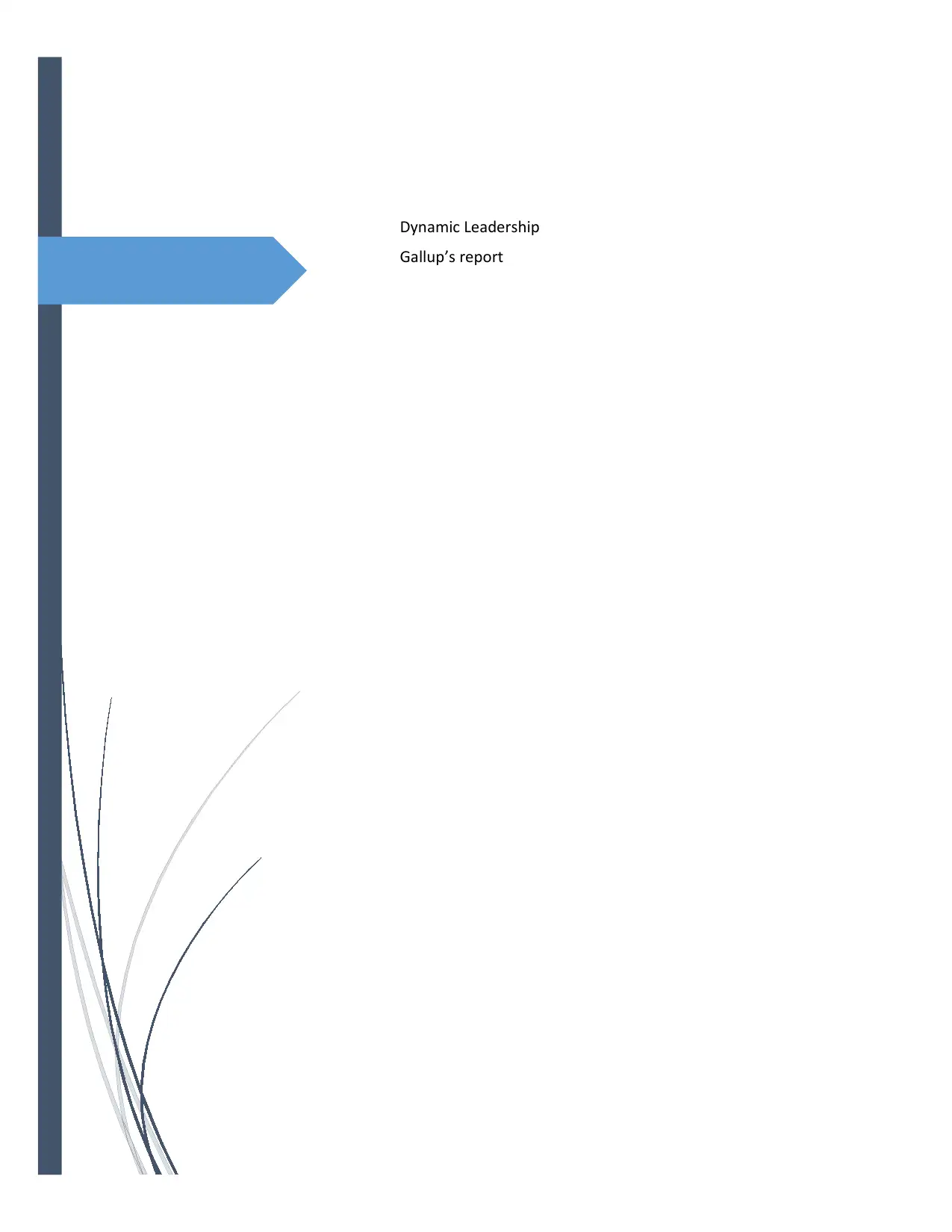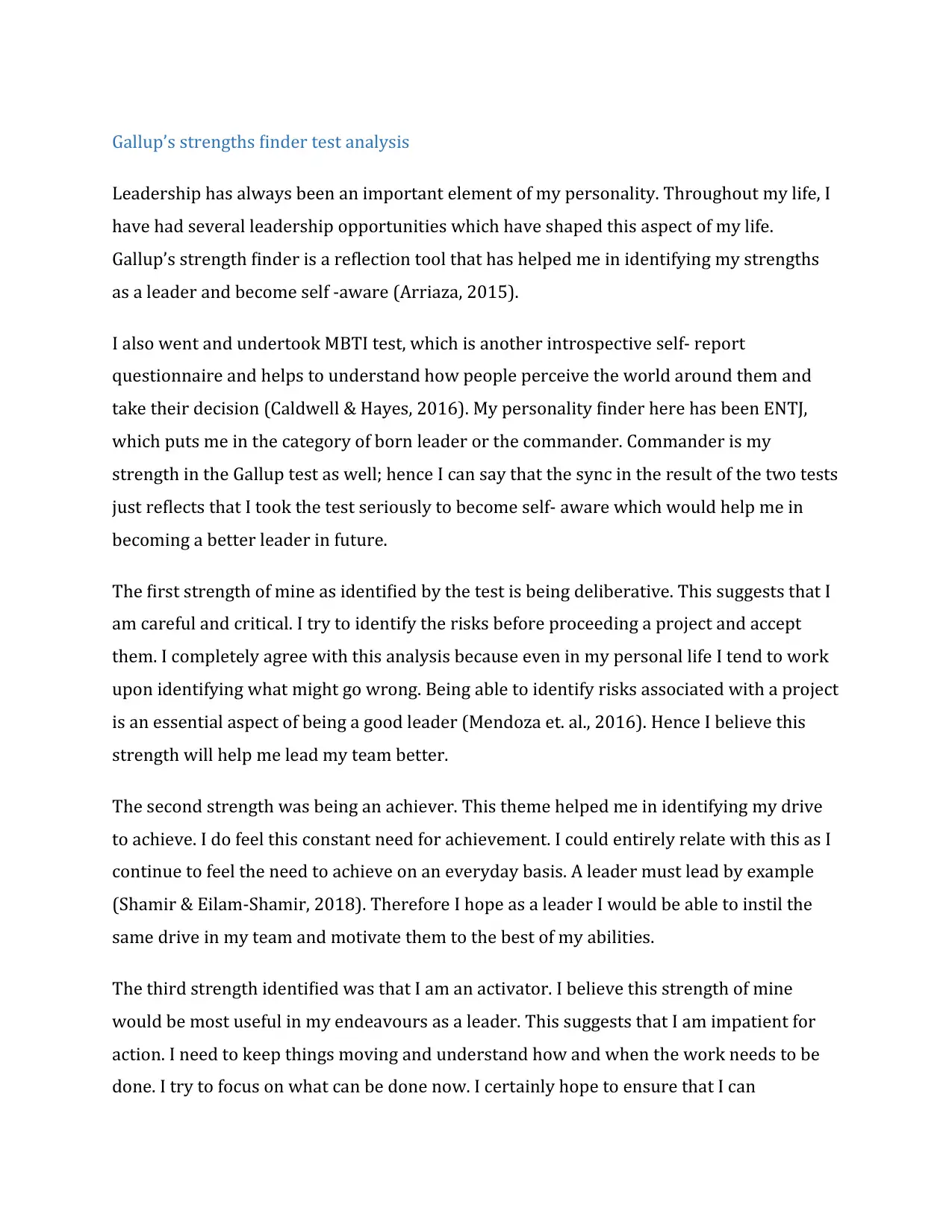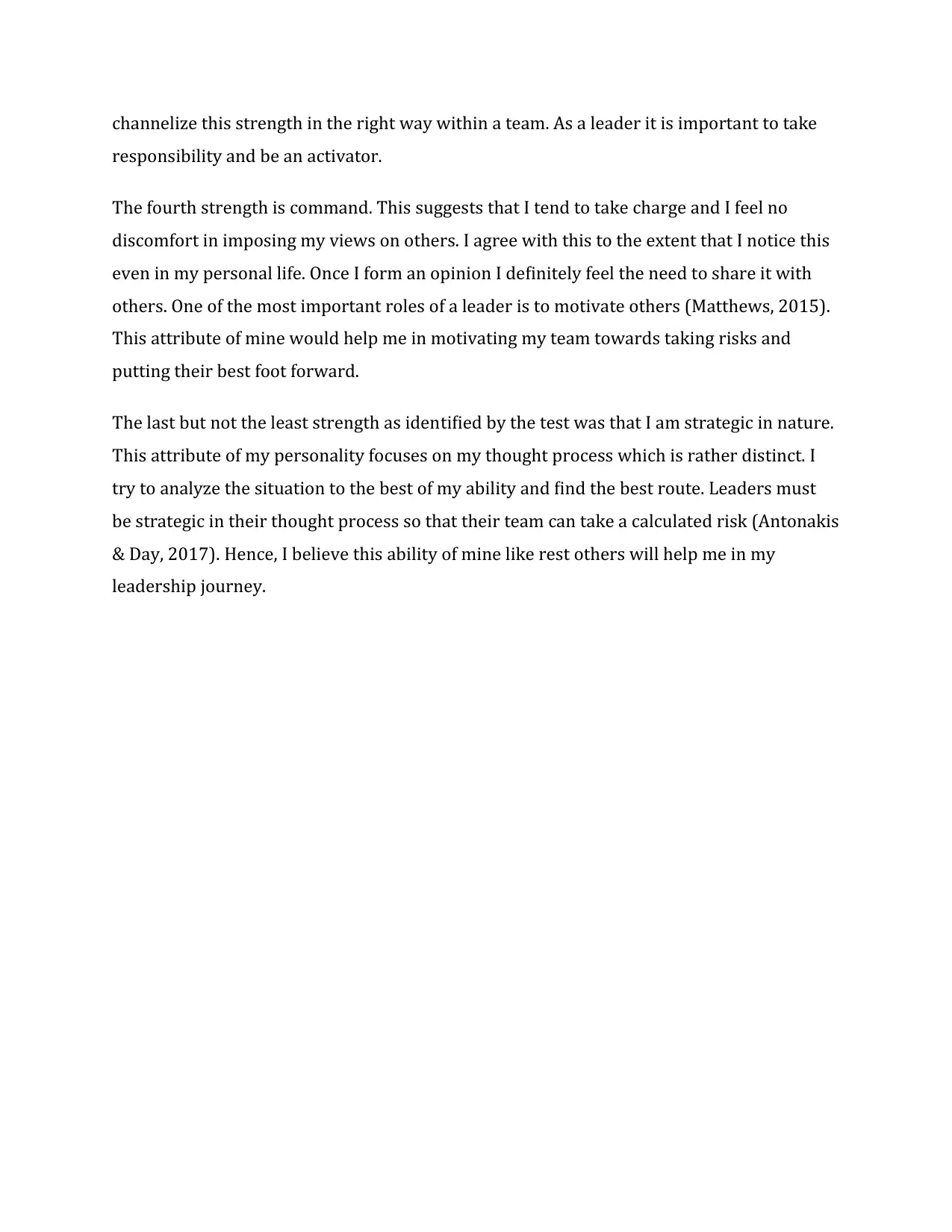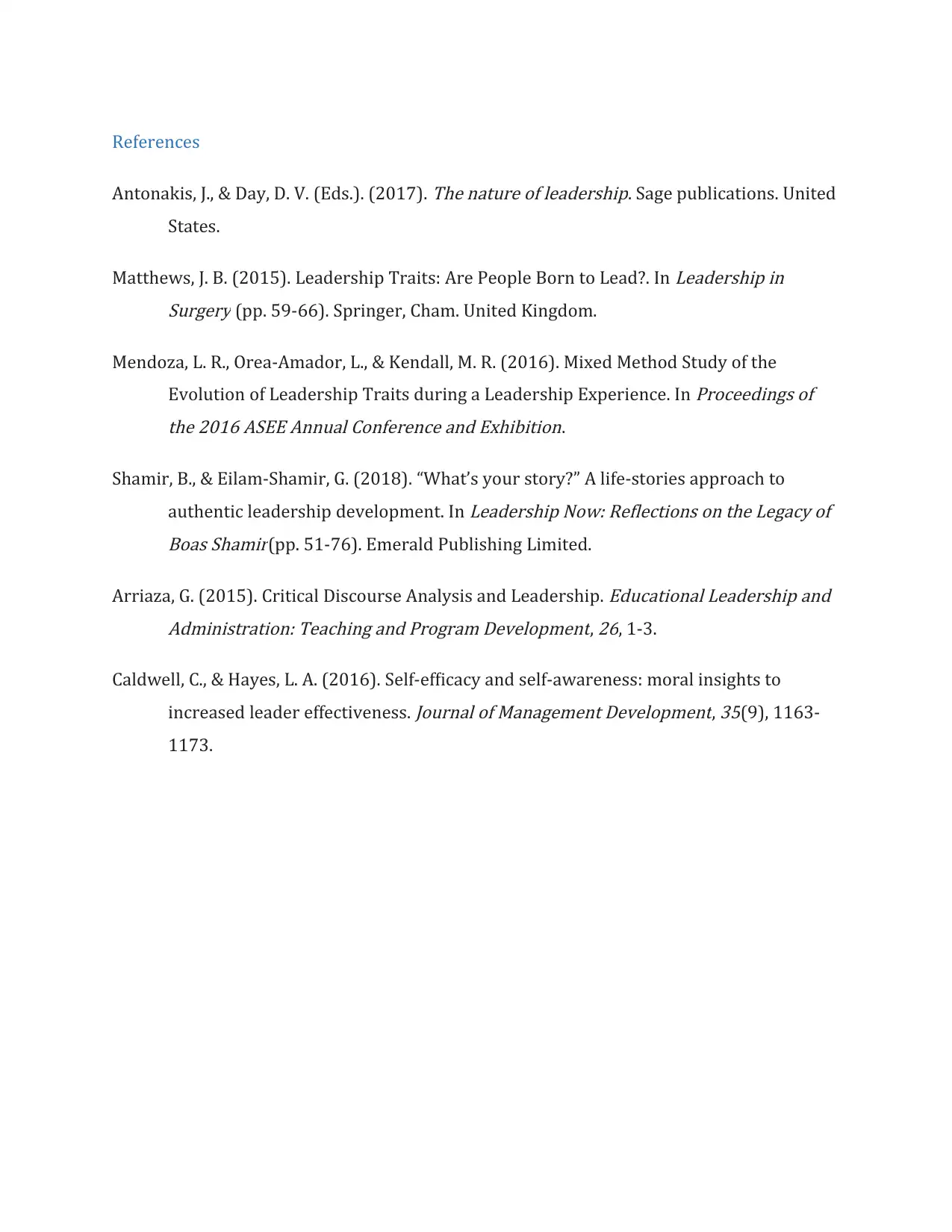MGT601 Dynamic Leadership: Self-Reflection on Gallup StrengthsFinder
VerifiedAdded on 2023/06/03
|4
|889
|134
Report
AI Summary
This report presents a self-reflective analysis of the author's leadership strengths as identified by the Gallup StrengthsFinder assessment and the MBTI test. The author discusses the results of the Gallup StrengthsFinder, highlighting five key strengths: being deliberative, an achiever, an activator, commanding, and strategic. Each strength is explored in the context of leadership, with the author reflecting on how these attributes can be leveraged to effectively lead and motivate a team. The report connects these strengths to the author's personal experiences and aspirations, demonstrating a commitment to self-awareness and continuous improvement as a leader. The MBTI test result of ENTJ, aligning with the 'commander' archetype, further reinforces the author's self-perception as a natural leader. The author aims to use these insights to enhance their leadership capabilities and positively influence their team.
1 out of 4










![[object Object]](/_next/static/media/star-bottom.7253800d.svg)